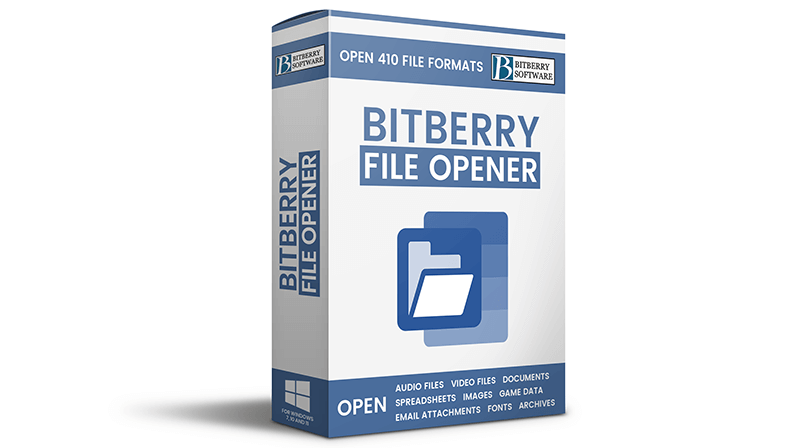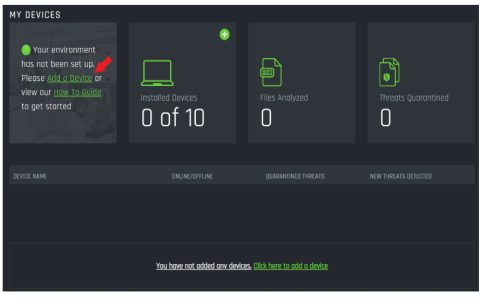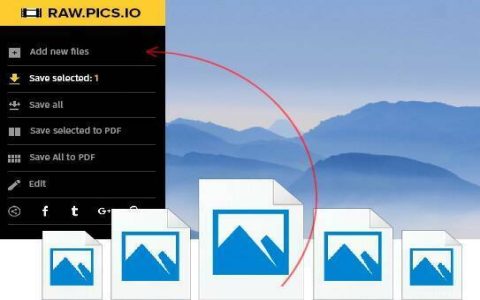The PTX (Parallel Thread Execution) file format is an intermediate representation central to NVIDIA's CUDA development ecosystem. It acts as a crucial layer between high-level CUDA C/C++ source code and the final machine-specific GPU executable.
Purpose and Role
PTX serves two primary purposes:
- Hardware Abstraction: Provides a stable virtual ISA (Instruction Set Architecture) and programming model independent of specific NVIDIA GPU generations.
- Compilation Intermediate: Generated by the NVIDIA CUDA compiler (NVCC) from CUDA C/C++ source code. The NVIDIA driver includes a Just-In-Time (JIT) compiler that translates PTX code into the native SASS instructions executable on the specific GPU present in the system.
Key Characteristics
- Assembly-like: Textual format resembling assembly language, containing instructions, registers, and symbolic names.
- Virtual ISA: Defines a virtual instruction set, register set, and execution model (hierarchical threads, warps, memory spaces).
- Device Independence: Enables writing CUDA applications targeting future GPU architectures without knowing the exact SASS instructions.
- Target Specification: Declares the target architecture version and features required (e.g.,
.target sm_80).
Workflow Context
PTX files typically appear during the CUDA compilation process:

- The CUDA toolchain compiles
.cusource files. - Option 1: The toolchain generates PTX files (
.ptx) as an intermediate step, which the driver later JIT-compiles to SASS. - Option 2: The toolchain directly embeds compressed PTX code (also known as "cubin PTX" or "Fatbin") within the final host executable file (e.g., a Windows
.exeor Linux.elf). The driver extracts and compiles this embedded PTX.
Significance
- Forward Compatibility: Embedding PTX within host executables allows deployment on newer GPU architectures released after the application was compiled, leveraging driver JIT compilation.
- Portability: PTX provides portability across the NVIDIA GPU lineup.
- Optimization Target: Developers can sometimes inspect or manually optimize critical kernels at the PTX level.
- Tooling Input/Output: Generated by NVCC/other CUDA compilers; consumed by tools like the CUDA profiler for analysis.
Technical Notes
- PTX contains both device code (kernel functions) and device-side data declarations.
- PTX code can be disassembled from final CUDA binaries using tools like
cuobjdump. - The PTX ISA evolves incrementally across CUDA Toolkit versions, adding support for newer GPU architecture features.







